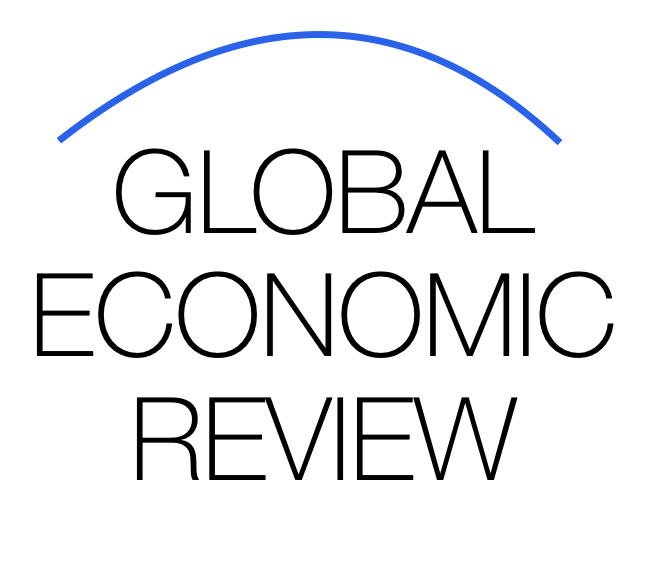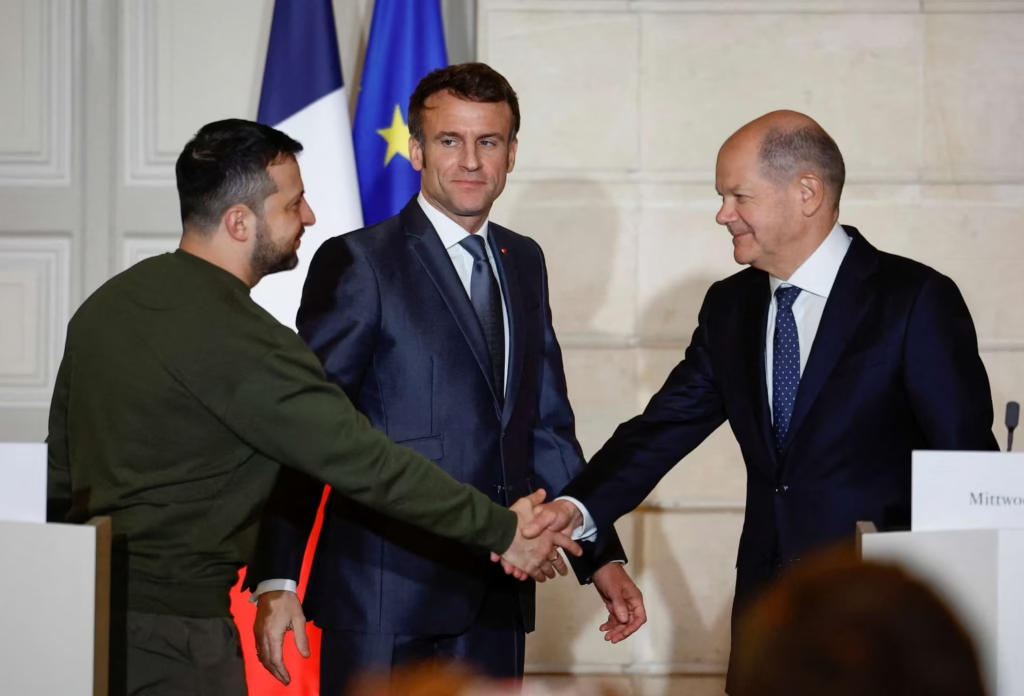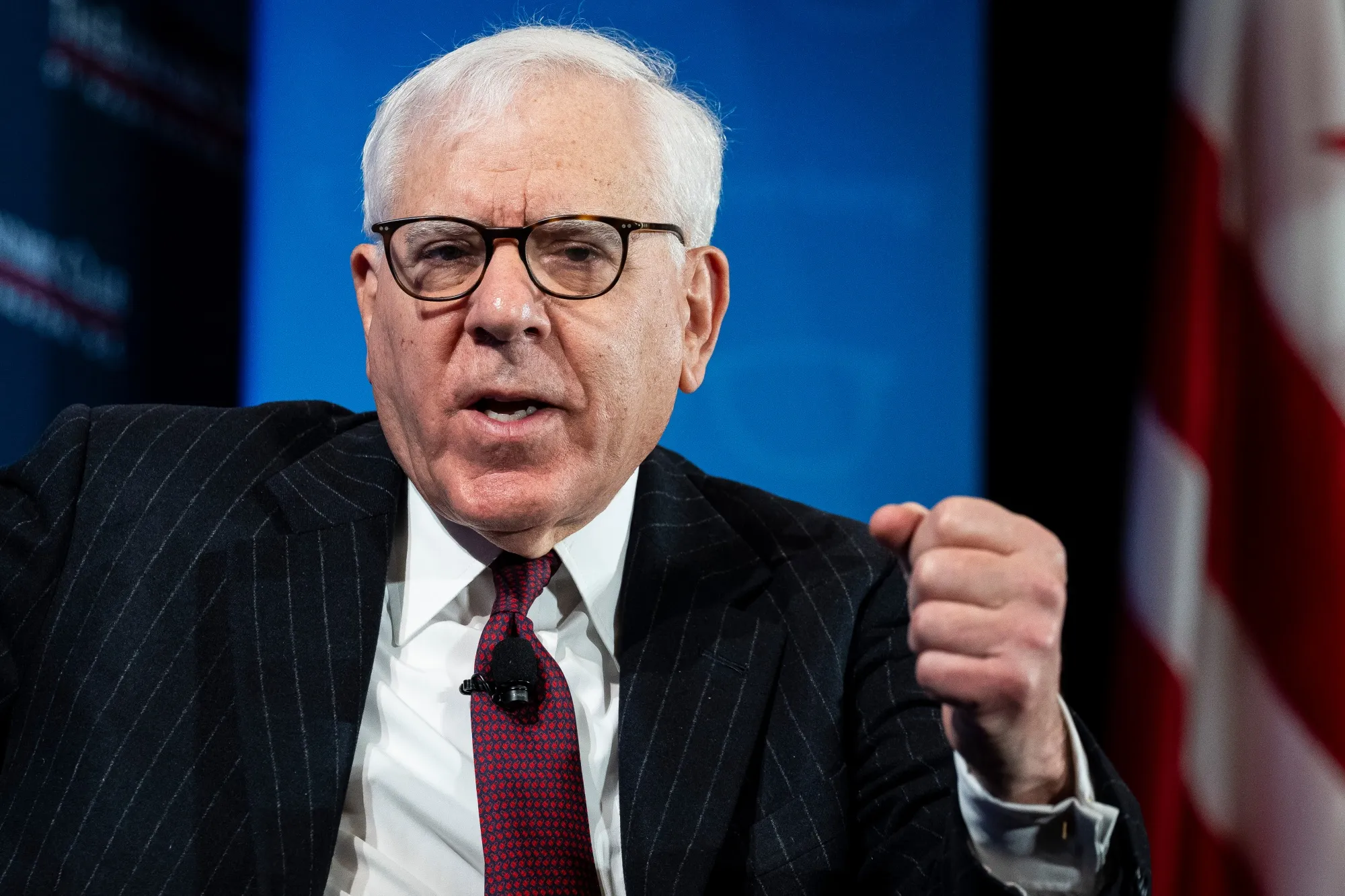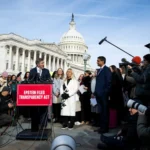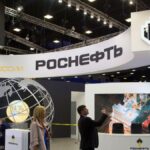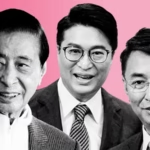Zelenskiy Pushes for “Frozen Conflict” Status Before Launching Ukraine Peace Talks
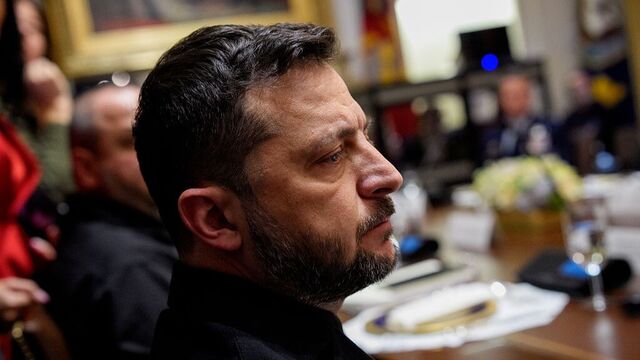
Ukrainian President Volodymyr Zelenskiy has signaled that any meaningful peace negotiations with Russia must first be preceded by a stabilization of the frontlines, effectively creating a temporary “frozen conflict” situation. In recent remarks, Zelenskiy emphasized that launching talks without halting hostilities would be both dangerous and strategically unwise.
“You cannot negotiate peace in the middle of chaos. There has to be a line where fighting stops, even temporarily, before we sit at the table,” Zelenskiy told international reporters.
The comments highlight Ukraine’s evolving diplomatic strategy as the conflict enters its second year, and signal Kyiv’s insistence on maintaining leverage before engaging in formal negotiations with Moscow.
The Rationale Behind a Frozen Conflict
Zelenskiy’s call for a frozen conflict reflects the harsh realities on the ground:
- Frontlines remain volatile, with daily skirmishes and artillery exchanges reported across the Donbas region.
- Ukrainian forces have made incremental gains but risk losing momentum if negotiations are forced prematurely.
- A temporary halt to fighting could create a stable environment for diplomacy, while allowing Kyiv to consolidate defensive positions.
Military analysts note that a frozen conflict often involves localized ceasefires, demilitarized zones, and a pause in offensive operations, which can provide space for negotiations without requiring immediate territorial concessions.
Balancing Strategy and Diplomacy
Zelenskiy’s approach signals a delicate balancing act between war and diplomacy. Ukraine faces pressure from multiple fronts:
- Domestic politics – Citizens expect the government to defend national territory while pursuing peace.
- International allies – Western countries, including the U.S. and EU members, are urging Ukraine to engage in dialogue but are wary of Kyiv making hasty concessions.
- Military readiness – Frozen frontlines allow Ukraine to reorganize and resupply, particularly as winter conditions complicate operations.
“Negotiations are not just about words on paper—they are about position, leverage, and timing,” said a Western defense analyst.
Russia’s Likely Response
For Moscow, a frozen conflict may serve a dual purpose:
- Consolidating gains in occupied territories while avoiding large-scale counteroffensives.
- Projecting the appearance of diplomatic engagement without yielding significant concessions.
However, analysts warn that Russia may resist any real cessation of hostilities if it perceives that Kyiv is using the pause to strengthen its military.
Historical Precedents
The strategy of freezing conflict before peace talks has historical precedent in post-Soviet conflicts:
- Nagorno-Karabakh – Ceasefires allowed for intermittent negotiations while leaving territory disputed.
- Moldova/Transnistria – Frozen lines enabled long-term talks without immediate settlement.
In both cases, frozen conflicts allowed parties to avoid full-scale escalation, but often resulted in protracted stalemateslasting years or decades.
Implications for International Mediation
Western powers and international organizations have called for renewed peace efforts in Ukraine, but Zelenskiy’s insistence on stabilized frontlines changes the dynamic:
- Mediators must account for military realities before proposing agreements.
- Any negotiation framework may need to include security guarantees and mechanisms to monitor ceasefire compliance.
- A frozen conflict could provide leverage for Ukraine to negotiate on terms such as territorial integrity, security arrangements, and reconstruction aid.
Domestic Reactions in Ukraine
Public opinion in Ukraine remains complex and nuanced:
- Many citizens support peace talks but reject any notion of compromising sovereignty or territorial integrity.
- Zelenskiy’s strategy is seen as pragmatic, ensuring that Ukraine does not enter negotiations from a position of weakness.
- Military leaders reportedly back the approach, emphasizing the need for strategic pauses rather than rushed diplomacy.
The Path Forward
Experts suggest that Kyiv’s approach may involve incremental measures:
- Localized ceasefires along contested regions.
- International monitoring to prevent violations.
- Gradual resumption of dialogue once stability is confirmed.
“The goal is not to freeze the conflict forever, but to create the conditions for meaningful, enforceable peace talks,” said a European diplomat familiar with the discussions.
Ukraine’s insistence on a frozen frontlines strategy signals a new phase in the war, where military preparedness and diplomatic maneuvering are intertwined more closely than ever.
Conclusion
President Zelenskiy’s call for a frozen conflict before entering peace negotiations underscores the complexity of achieving peace amid ongoing war. By insisting on stabilized frontlines, Ukraine seeks to preserve leverage, protect civilian populations, and create conditions where meaningful dialogue with Moscow is possible.
Whether Russia will agree to such conditions—or whether frozen frontlines will simply prolong the war—is a question that will define the next chapter of this conflict.
